Vehicle-to-Grid
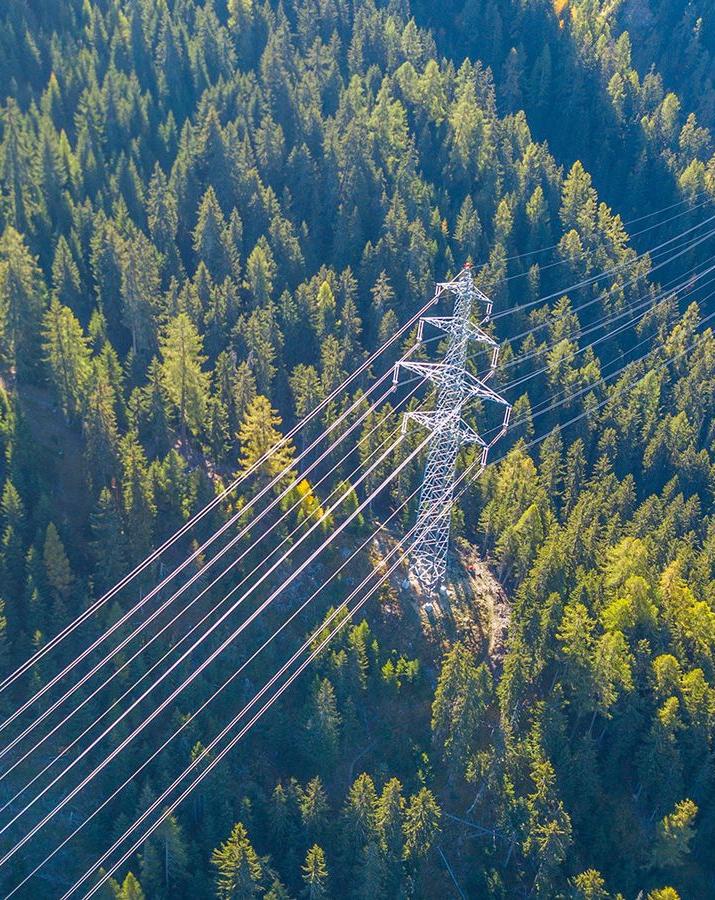
Learn all about how electromobility can contribute to energy supply.

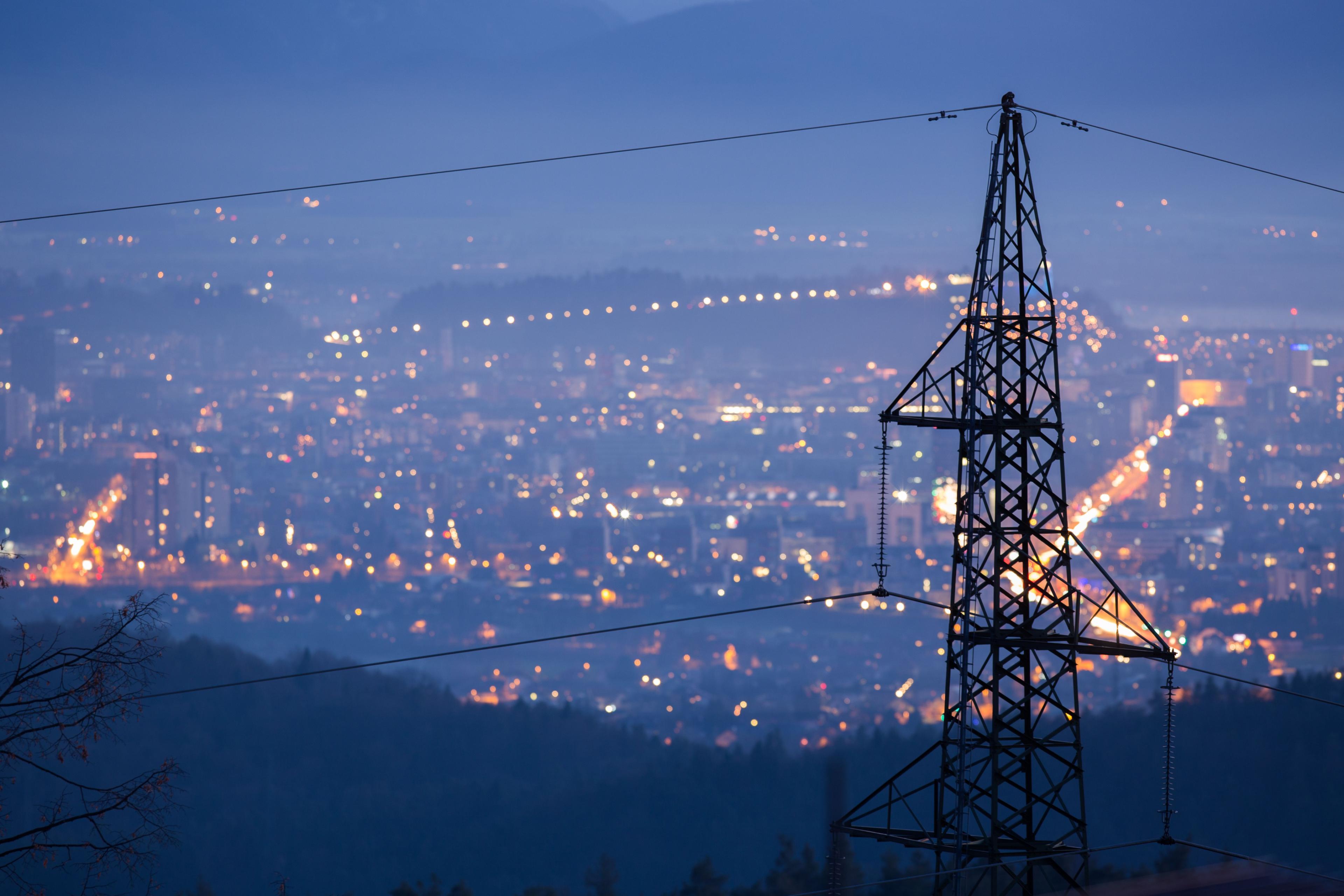
What is V2G?
Imagine that – in the future – electromobility will help stabilize the power grid and make a significant contribution to climate-neutral power supply, and that drivers of electric cars will also be able to reap financial benefits. This is exactly what is happening with Vehicle-To-Grid (“V2G”) technology. Electric car batteries are thereby used as mobile power plants and energy storage units. We have provided a summary of how this works for you on this page.
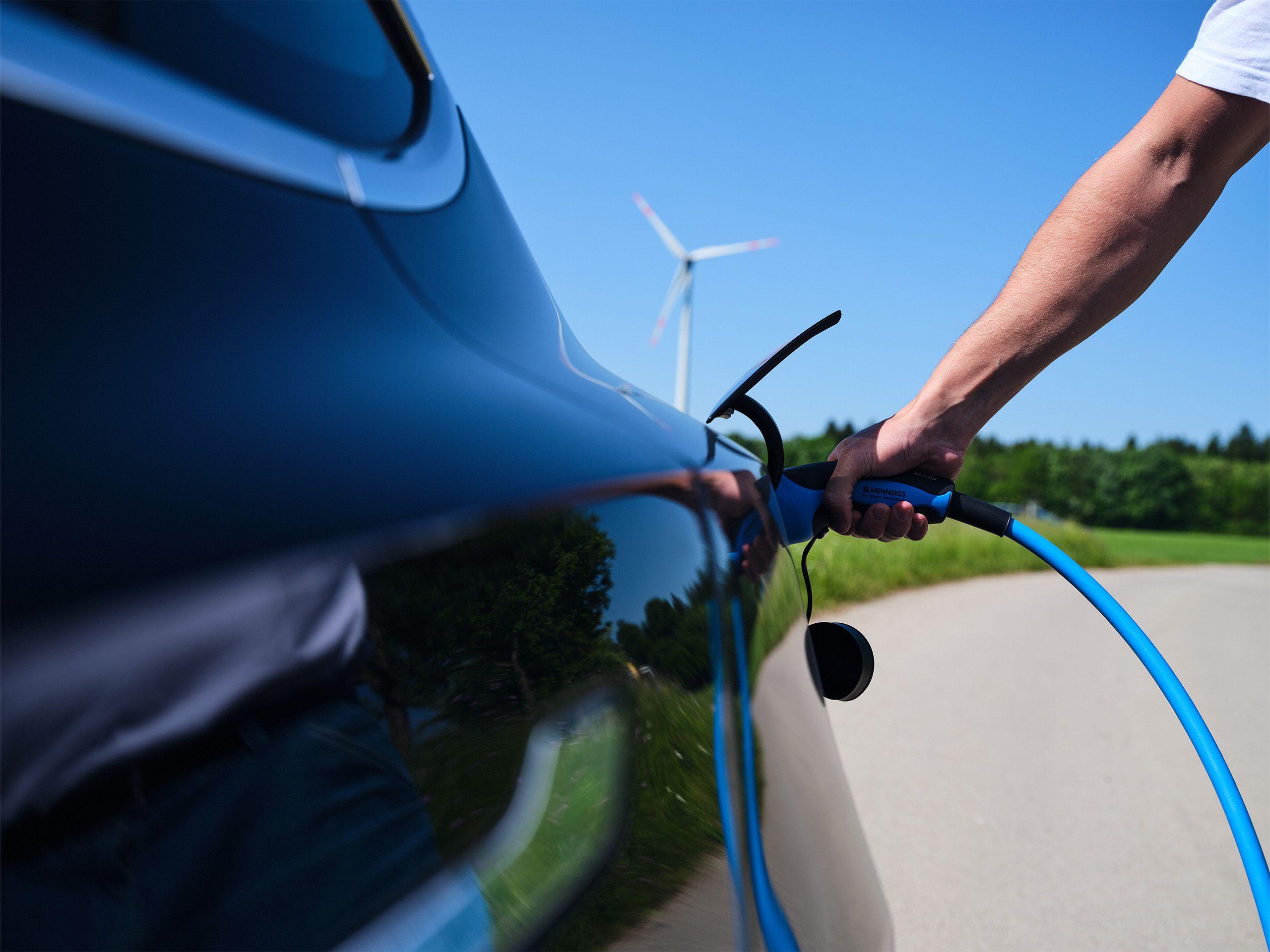
What can V2G do?
To ensure a stable energy supply and achieve climate targets, we need an
intelligent power grid – also known as a “smart grid”. In this
situation, the energy is temporarily stored and retrieved as needed. This
requires flexible storage – which is precisely where V2G comes in.
Since the vehicle batteries of electric cars are unused most of the time
because the vehicles are parked, they can be used as energy supply storage.
To exploit the full potential, the decentralized, networked electric
vehicles form a swarm storage system, which enables them to provide a flexible
balance to the fluctuating wind and solar energy. So V2G has the potential to
mobilize the immense power reserves of millions of electric cars within
seconds and thus contribute to a secure power supply.
The key facts at a glance
“V2G” is an abbreviation that stands for “Vehicle-to-Grid”. Anyone involved in this technology will certainly have already encountered the following other abbreviations too. Click to find out what they mean.
V2X
V2B
V2H
V1G
V2L
Which areas benefit from V2G?
End users
Real estate
Power grid
To what extent has the technology matured, and when will we be able to make use of bidirectional charging? Which electric vehicles already have V2G capabilities, and what about the legal constraints? Check out our deep dive below for the answers.
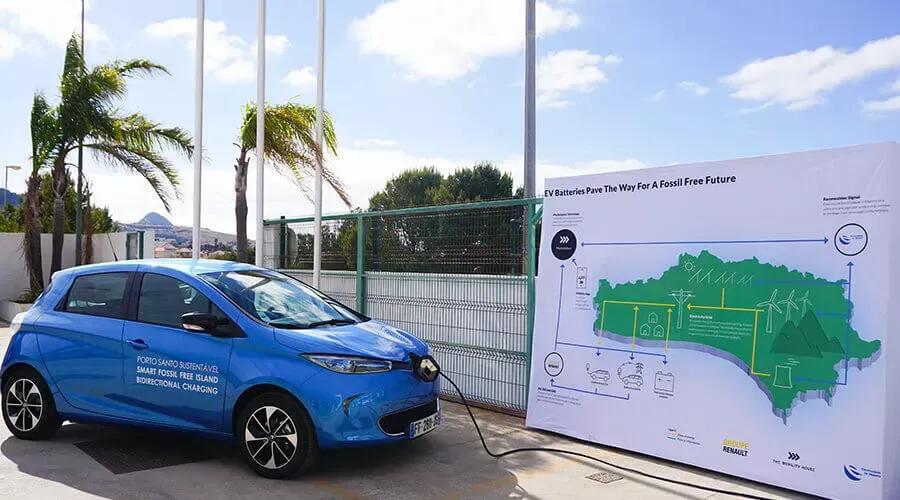
Blog
Vehicle-Grid-Integration (VGI or V2G) projects of The Mobility House: What coffee, an island and a football stadium have in commonOur energy future began with a cup of coffee. However, the electricity for this did not come from a distant power station – but from an electric car in the underground car park. In 2015 in the first German vehicle-to-grid (V2G) pilot project ever, the technology company used the battery of a Nissan Leaf as an additional energy source for the home network of its building.
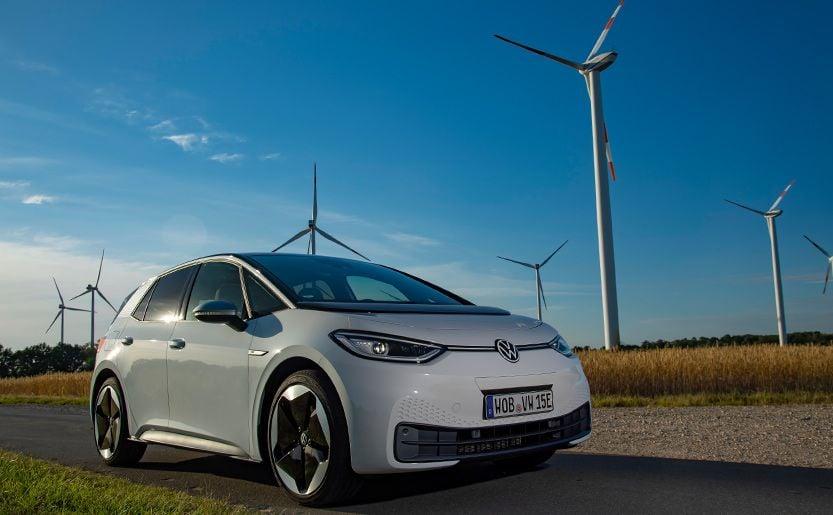
Blog
Key milestone: V2G as an essential element of electromobilityThe year 2023 marked a turning point: Bidirectional charging gained momentum in Germany. Our own projects demonstrated the successful functionality of this charging technology today. However, there is still a lack of legal frameworks enabling its practical application. These are essential for the vehicle-to-grid technology to take off. Recognizing the urgency of the issue, policymakers must now implement concrete measures and provide clear signals. The time to act is now. Let's look back at the progress made. One thing becomes clear: We are only just at the beginning of an exciting phase on the path to the upcoming energy transition.
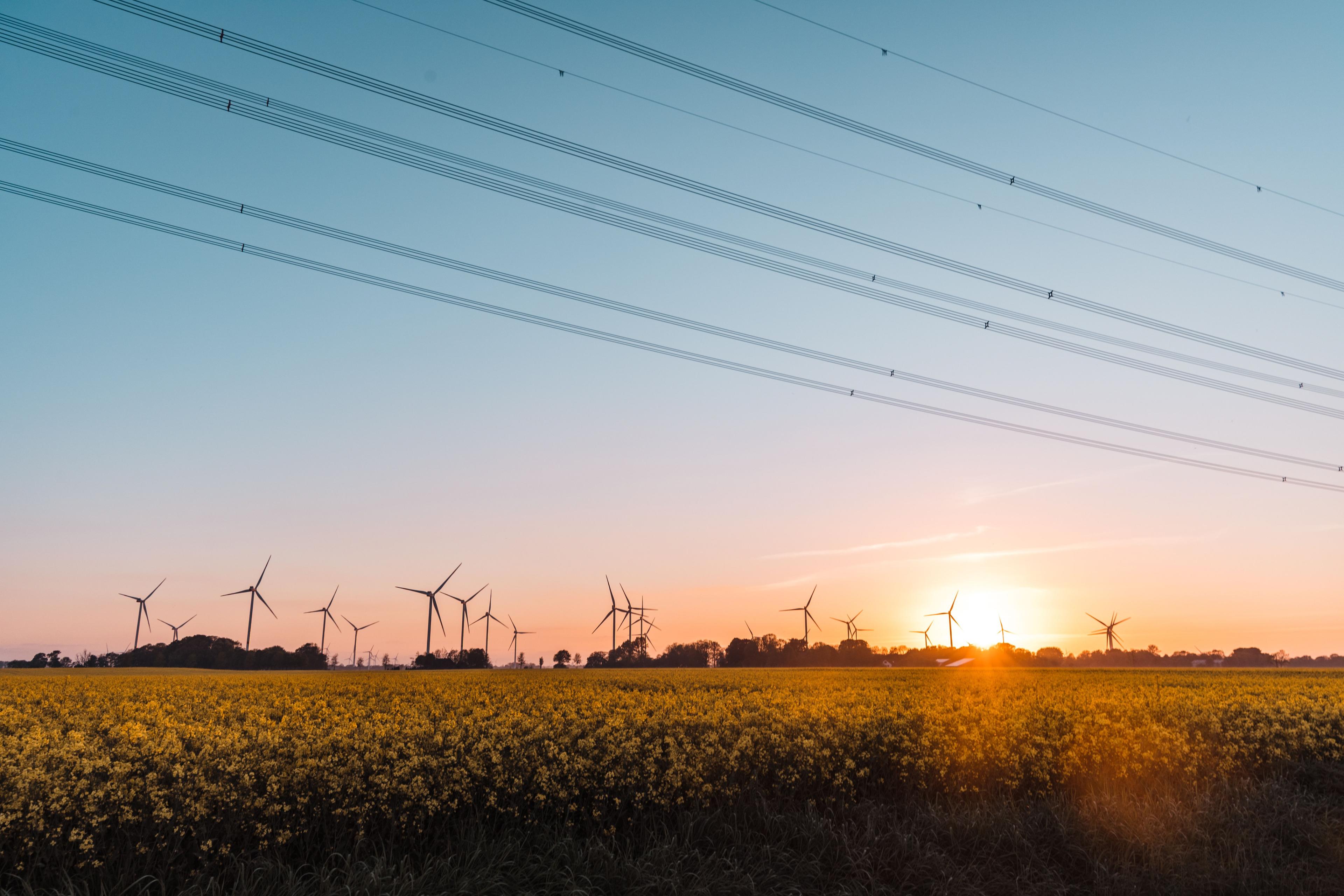
Blog
Implementing V2GWhile implementing Vehicle-to-Grid might sound simple, it’s anything but trivial. It all starts with the vehicle and the right charging station.
Projects
We’re making history with a future
This is where you can find out which V2G projects and technologies we have already implemented.
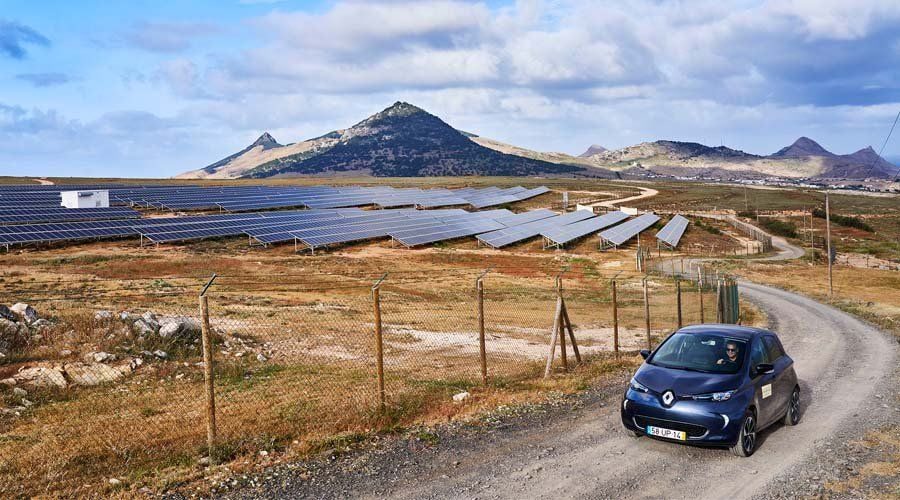
Our V2G projects
